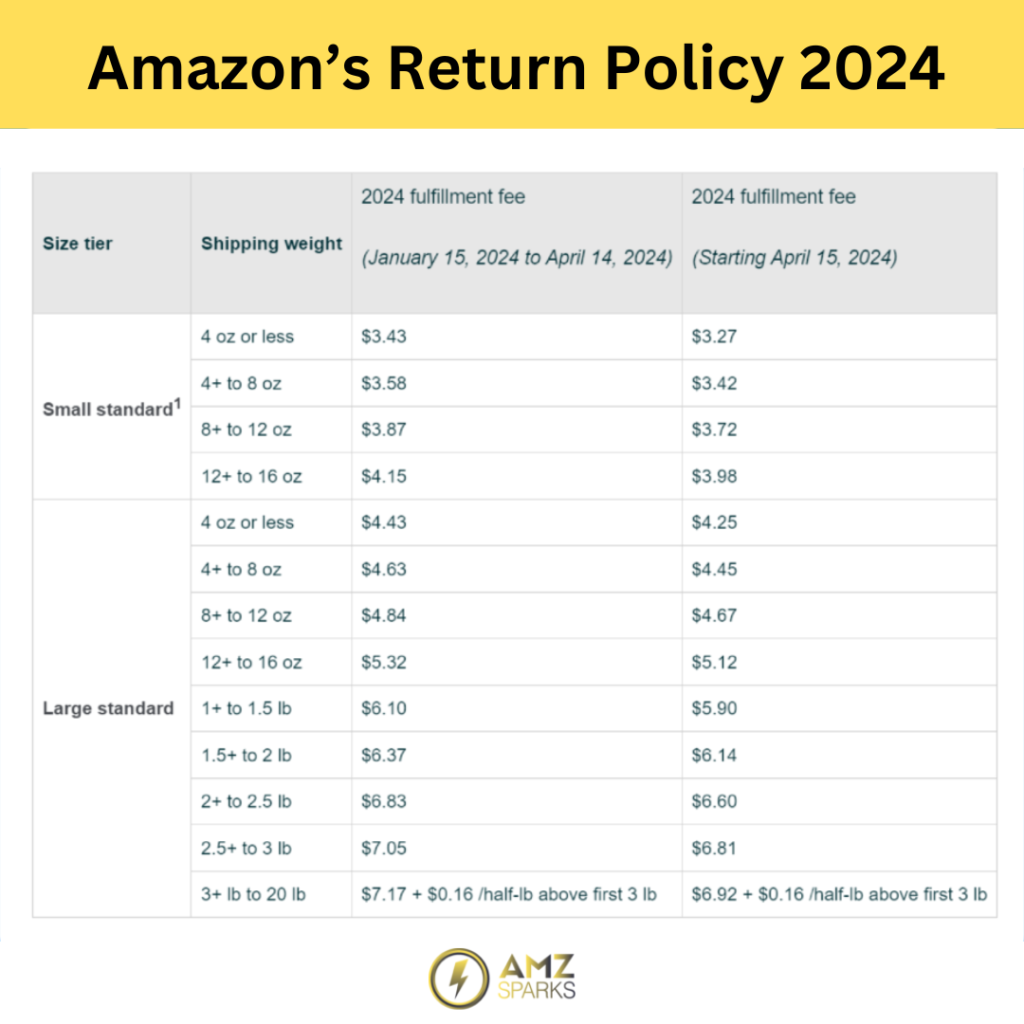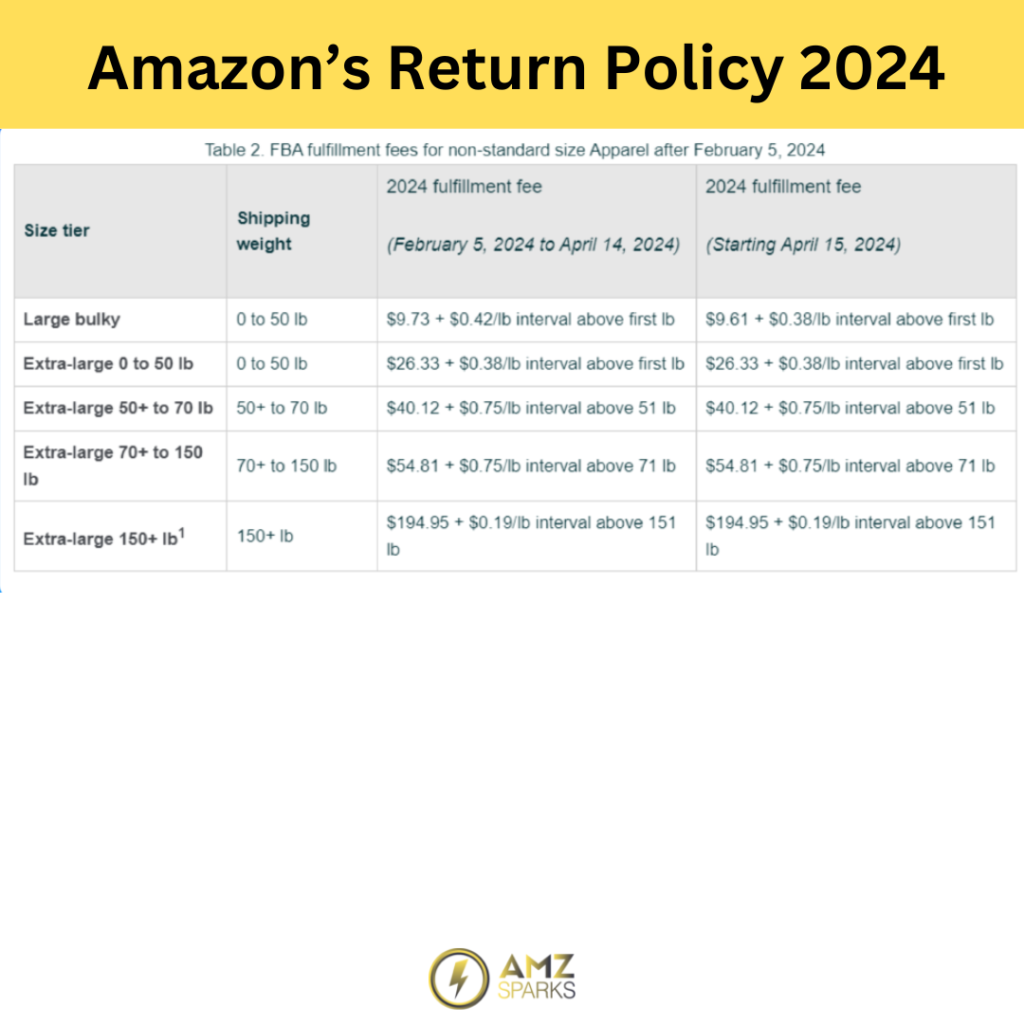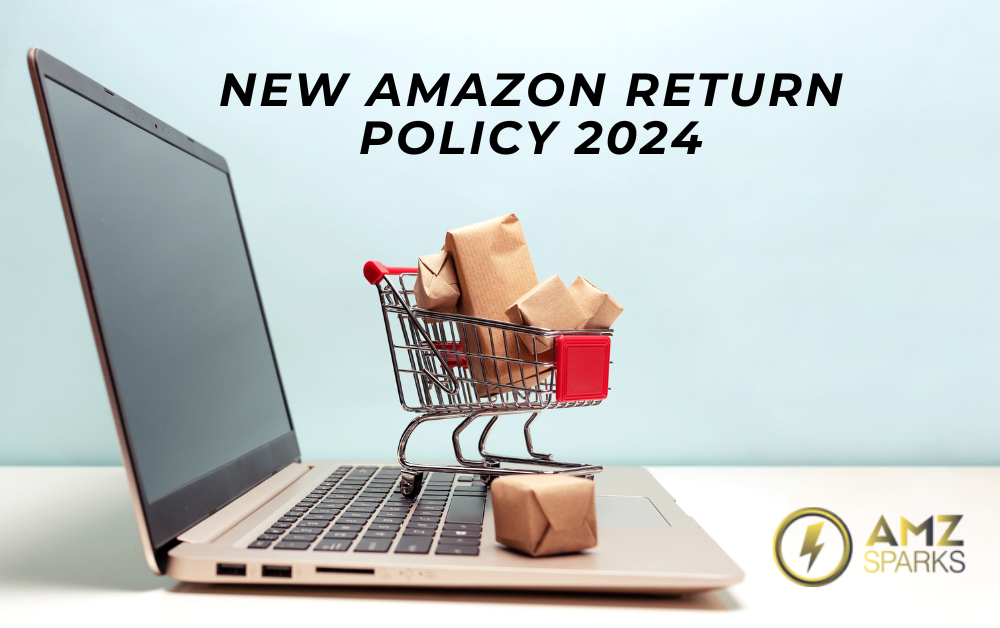Explore the latest updates regarding the New Amazon Return Policy. Stay informed about changes that could impact your shopping and selling experiences on the platform. No matter if manufacturers are glisteningly fresh sellers or possess colossal million-dollar brands, there’s something that all online commerce enterprises need to tackle—handling consumer comebacks.
It’s frequently marginally irksome and melancholy when a comeback plea pops up. It’s not just that you’re going to spew money on that sale—it signifies your patron felt discontent with their investment in your produce.
Comebacks are a facet of life as an online commerce peddler, and there’s no reason to panic if and when you encounter one. In this literature piece, we’ll cover New Amazon Return Policy, the alterations that have been made, and how it impacts vendors. Later, we’ll illustrate ways to grasp and diminish your comeback proportion so you can garner more content patrons.
2023 Amazon Holiday Return Policy update:
In the year 2022, Amazon bestowed an Extended Holiday Refund Policy, and Amazon is pursuing the same trajectory for the 2023 term. All artifacts procured between November 1, 2023, and December 31, 2023, are returnable until January 31, 2024.
Amazon New Return Policy Update 2024:
Initiating on June 1, 2024, Amazon will introduce a returns processing fee for high-return rate commodities within all sectors, except attire and shoes. Peruse beneath to gain insights into the fresh fee modifications.
In this Article
Amazon FBA Return Policy
With FBA (Fulfillment by Amazon), Amazon manages fulfillment and client maintenance on behalf of vendors, incorporating customer returns processing. Amazon operates through its customer New Amazon Return Policy when assessing if the designated item is qualified for a return. As a vendor, you retain no control over whether a commodity is approved for a return, irrespective of whether it is the buyer’s fault that the commodity is ruined or defective.
The buyer requested clients within 30 days of their order arrival.
Once the buyer demands a return and despatches the item; Amazon emails the merchant, notifying them that a return has been initiated, and they have deducted the sale price from the merchant’s account balance!!!
What happens when the item is returned to Amazon’s warehouse?
Upon receiving the consumer’s return, Amazon evaluates the product’s state to determine its vendibility. If the item was pristine and still in original condition, Amazon will incorporate that product back into your inventory for future orders.
If the product is impaired or in an inflammatory condition, Amazon discerns who provoked the damage (either Amazon itself, during fulfillment, or the client). If Amazon occasioned the impairment to the product, you’ll be compensated for the product return.
Nevertheless, if the client (or transport carrier) caused the harm to the product, Amazon will not recompense you, and the product will be denoted as “unsalvageable.”
For any commodity categorized as “Faulty” or “Client Imperiled,” vendors must file a removal order within 30 days after the returned product arrives at the fulfillment center. You have the alternative to request that Amazon either returns or discards your unsalvageable inventory automatically via Seller Central.
Also Read: How to Sell on Amazon Without Inventory
What occurs if the client neglects to return the product?
If the client falls short to return the product to an Amazon fulfillment center within 45 days of receipt, Amazon will rebill the customer if a refund was previously issued, and will refund the merchant for the item.
Commonly, Amazon automatically refunds you post 45 days. Occasionally, you’ll have to launch a backing disquisition to obtain your refund.
Extended refunds window
Amazon sanctions patrons to return qualified FBA goods in the Infant domain in mint, unopened condition within 90 days. Commodities that have been uncorked or employed are ineligible for returns within the prolonged time span. Amazon will underwrite the return shipping fees at zero cost to the merchant.
2024 refunds processing update:

Commencing on June 1, 2024, Amazon will usher in a returns processing fee for high-return rate commodities within all sectors, except attire and shoes, to counter the operational overheads of returns and diminish trash. According to Amazon, “The cost will solely apply to commodities that exceed a threshold specific to each segment.
Amazon FBA Return Intel
In March 2023, Amazon unclasped a fresh tool under Manage FBA inventory dubbed “Return insights” that furnishes vendors with amplified insights into their refunds.
Amazon FBM Refund Policy
Returns for vendors who deliver their orders operate marginally divergently from FBA. Amazon stipulates in their seller-handled refund policy that FBM vendors must adhere to or outperform Amazon’s refund policy. This implies you must authorize returns within Amazon’s 30-day return window.
Furthermore, all returns will be dispatched back to the address detailed in your seller account, not to Amazon. You’re mandated to refund the customer within 2 days upon receiving the return shipment.
Should you be a professional peddler on Amazon, you will be automatically enlisted in the Amazon Prepaid Refunds Label plan. Hence, if a patron demands a return and it falls within the approved time frame, Amazon will automatically dispatch the customer a prepaid return shipping label on your behalf via Buy Shipping Services.
For any return requests beyond the refund policy, or those flagged as exempt, Amazon will dispatch the refund plea for manual evaluation.
Regarding FBM vendors, what does this entail? Unhappily, it signifies the vendor won’t possess the chance to intercommunicate with the customer to endeavor to redress the situation before the customer is refunded automatically.

